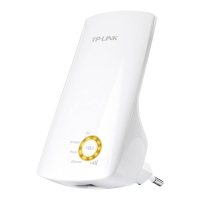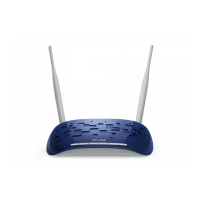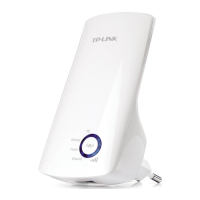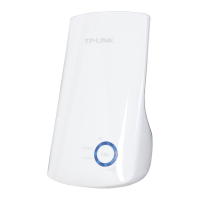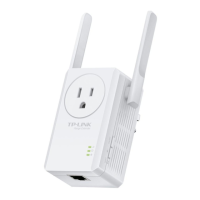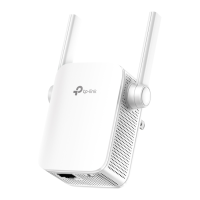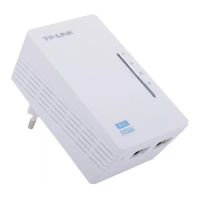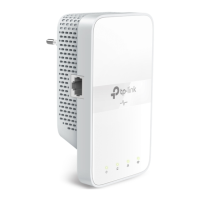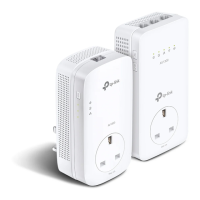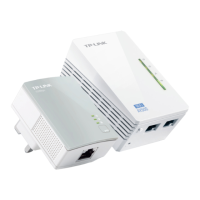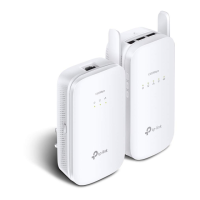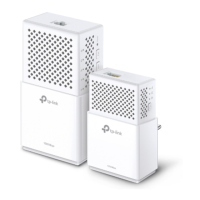TL-WA730RE 150Mbps Wireless N Range Extender User Guide
)
Note:
If you enable the function and select the “Allow the stations specified by any enabled entries
in the list to access” for Filtering Rules, and there are not any enabled entries in the list, thus,
no wireless stations can access the device.
4.7.4 Wireless Advanced
Selecting Wireless > Wireless Advanced will allow you to do some advanced settings for the
device in the following screen shown in Figure 4-17. As the configuration for each operation mode
is almost the same, we take Access Point mode for example here.
Figure 4-17 Wireless Advanced
¾ Beacon Interval - Specifies a value between 20-1000 milliseconds. The beacons are the
packets sent by the device to synchronize a wireless network. Beacon Interval value
determines the time interval of the beacons. The default value is 100.
¾ RTS Threshold - Specifies the RTS (Request to Send) Threshold. If the packet is larger
than the specified RTS Threshold size, the device will send RTS frames to a particular
receiving station and negotiate the sending of a data frame. The default value is 2346.
¾ Fragmentation Threshold - This value is the maximum size determining whether packets
will be fragmented. Setting the Fragmentation Threshold too low may result in poor network
performance since excessive packets. 2346 is the default setting and is recommended.
¾ DTIM Interval - Determines the interval of the Delivery Traffic Indication Message (DTIM).
You can specify the value between 1-255 Beacon Intervals. The default value is 1, which
indicates the DTIM Interval is the same as Beacon Interval.
¾ Enable WMM - WMM function can guarantee the packets with high- priority messages being
transmitted preferentially. It is strongly recommended enabled.
¾ Enable Short GI - This function is recommended for it will increase the data capacity by
reducing the guard interval time.
¾ Enable AP Isolation - Isolates all connected wireless stations so that wireless stations
cannot access each other through WLAN. This function will be disabled if WDS/Bridge is
enabled.
32
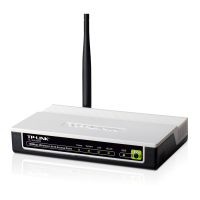
